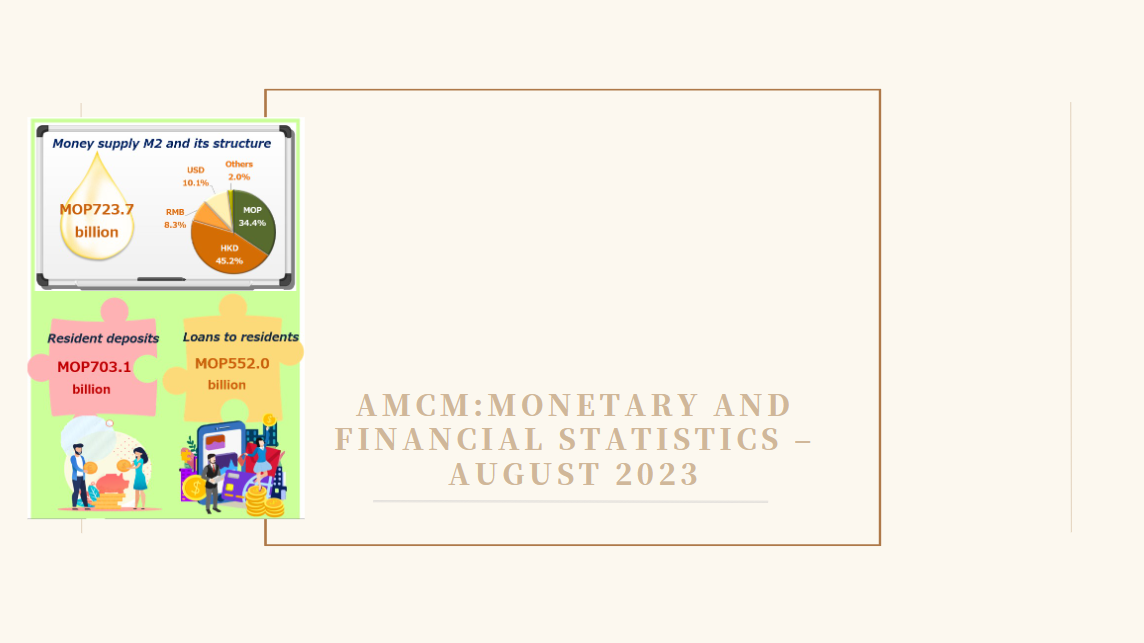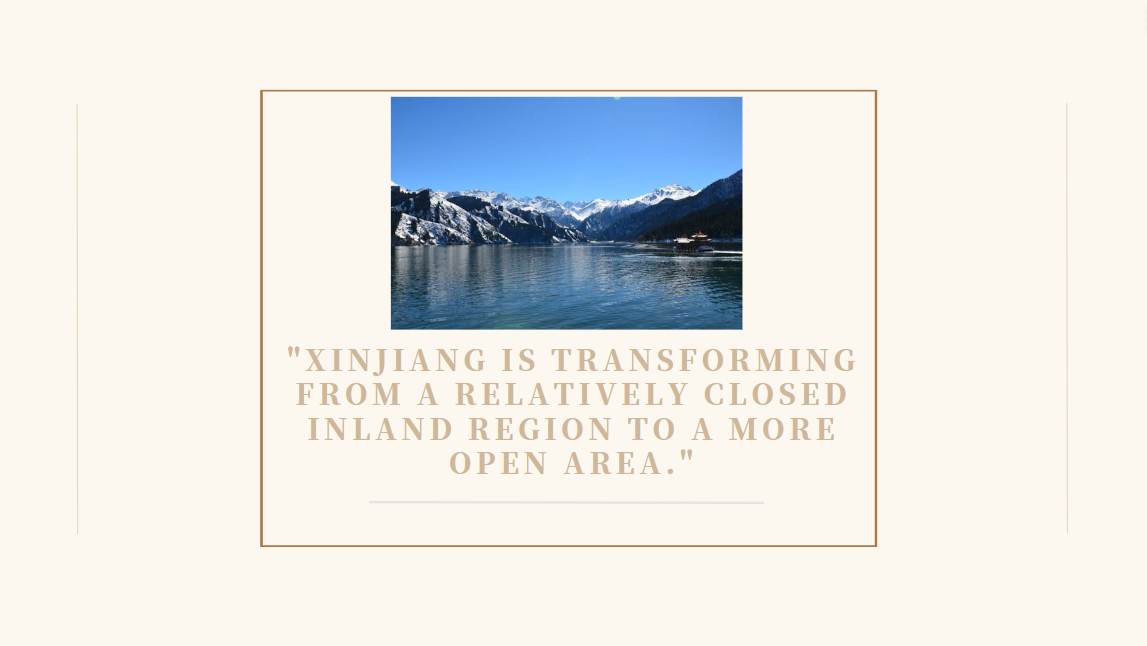Belt and Road Opportunities: 10 Years On
Chinese enterprises are witnessing new development opportunities as the Belt and Road Initiative (BRI) celebrates its 10th anniversary this year. Since China emerged from the shadows of the Covid-19 pandemic in early 2023, its society and economy have both returned to normal. But regional economies have developed at an accelerated pace in recent years, and new external economic co‑operations and market opportunities have appeared. This has prompted mainland enterprises to re‑examine their business development strategies. Consequently, many of them have stepped up their efforts to invest overseas and are employing professional services to help them expand their business in overseas markets.

Advanced countries in Europe and America are challenged by the problems of global inflation and rising interest rates, and their economies are performing poorly. In contrast, there is still considerable potential for growth in Asia and the BRI regions. With a view to mitigating the impact of US‑China trade conflicts and geopolitical tensions, mainland enterprises are now revising their “go global” strategies and directing more attention to BRI‑related emerging markets.
Ever since RCEP came into effect in 2022, the related investment and trade facilitating measures and preferential tariffs have been driving industrial co‑operation among the 15 member countries including China. This has accelerated integrated economic development within the RCEP region, offering huge scope for development and co‑operation to enterprises both within and without the region.
The increasingly complicated international situation, however, also brings uncertainties to the overseas expansion of mainland enterprises. To better develop their international business, many companies are formulating holistic development strategies, planning for business sustainability and minimising risks.
Hong Kong has always been the gateway for mainland enterprises to “go global” and can offer mainland ventures professional services such as financing, project evaluation and due diligence for their overseas business while helping with tax planning and risk management.
In 2015, the National Development and Reform Commission, Ministry of Foreign Affairs and Ministry of Commerce issued the Vision and Actions on Jointly Building Silk Road Economic Belt and 21st-Century Maritime Silk Road. This document points out the need to accelerate Belt and Road construction. China’s national strategy explicitly calls for the better leveraging of the Hong Kong platform to help mainland enterprises “go global”.
Furthermore, the 14th Five-Year Plan (14th FYP) emphasises the need to work together to promote the steady development of the BRI. It also supports the participation and contribution of Hong Kong and Macao in the opening up and development of a modernised Chinese economy. The aim is to establish Hong Kong as a functional platform for the BRI.
The Outline Development Plan for Guangdong-Hong Kong-Macao Greater Bay Area (Outline Development Plan) calls for greater co‑operation among Guangdong, Hong Kong and Macao in the BRI. This involves leveraging the leading role of Hong Kong in the financial area as well as enhancing the status of Hong Kong as an international financial centre. The Outline Development Plan envisions building an investment and financing platform to serve BRI development and supports Hong Kong in establishing itself as a services centre that resolves project investment and commercial disputes related to the BRI.
Hong Kong is in fact more than a services platform for handling the overseas investment and international business of mainland enterprises. It is also an international financial centre and a trading hub. The 14th FYP also supports Hong Kong in raising its status as an international centre for finance, shipping and trade and an international aviation hub.
As the mainland continues to promote external economic co‑operation and development, it can be expected that Hong Kong, with its extensive financial and professional services and comprehensive international networks, will be able to better help mainland enterprises “go global” and explore BRI and other overseas opportunities.





















































First, please LoginComment After ~